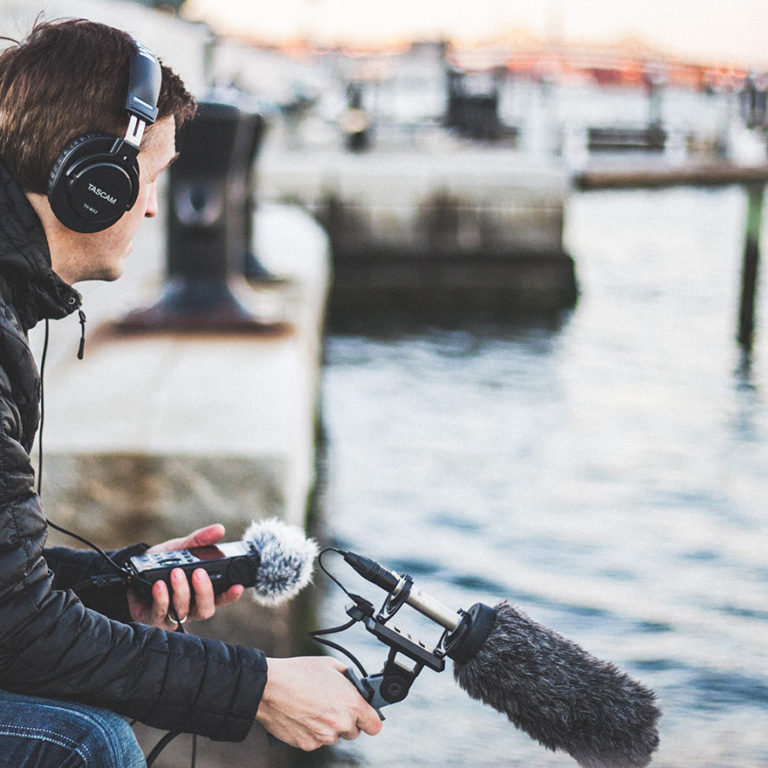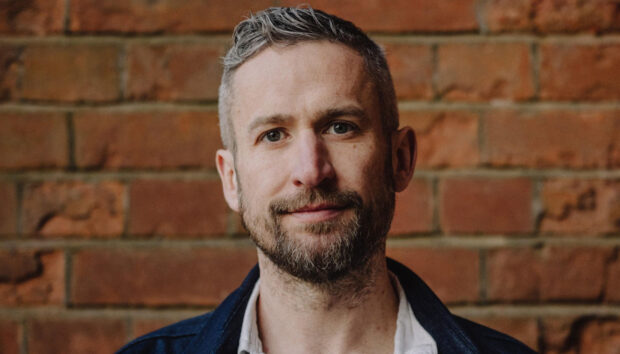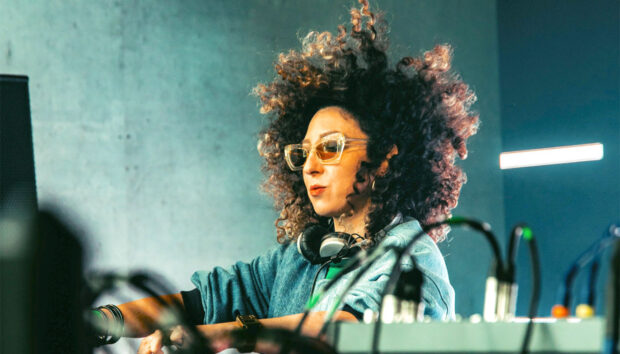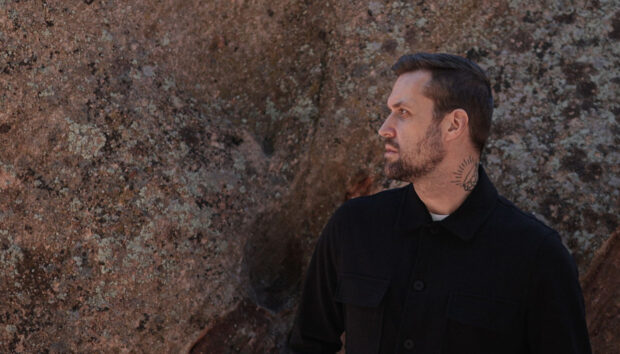Chances are you’ve heard Robert Dudzic’s work before. As a sound designer for Hollywood movie trailers, he has the job of sculpting epic-sounding aesthetics and effects that have been featured on numerous film and TV projects. Dudzic also assisted in building various sound libraries, including DAMAGE, which he co-produced alongside Heavyocity and Native Instruments. Talking about his work to date, Dudzic reveals the secrets to his recording excellence and imparts advice on how to break into the industry.
You moved to the United States from Poland more than 25 years ago. How was it for you to start a life in a new nountry?
My dream was to become a musician and tour all over the world, but I learned quickly that there were thousands of other musicians in New York, many of which were much better than I was. That didn’t stop me though. I worked three jobs at the time, and on the weekends I played drums in a wedding band, something I really enjoyed doing. I began taking drumming lessons, which not only improved my skills, but taught me a lot about the music business.
When I bought my first synthesizer, the classic Korg M1, I realised that I could produce music and do sound design all by myself. It’s a full-on workstation with an eight-track sequencer and effects. This is how I learned arrangement, and began making my own sound patches. It also got me thinking about whether I wanted to be a touring musician, or a producer. That question remained unanswered until I bought my first computer.
How did you get into sound design?
For the first months after getting my first computer I really didn’t know what I was doing. Luckily I had a good friend who introduced me to Cakewalk. All of a sudden I was able to hook up my Korg M1 to the computer, and from then on I spent all my money on sound modules, learning as much about MIDI as I could.
Learning about sampling, I then bought an Akai sampler, which was the right direction to take, as I loved what I was doing.
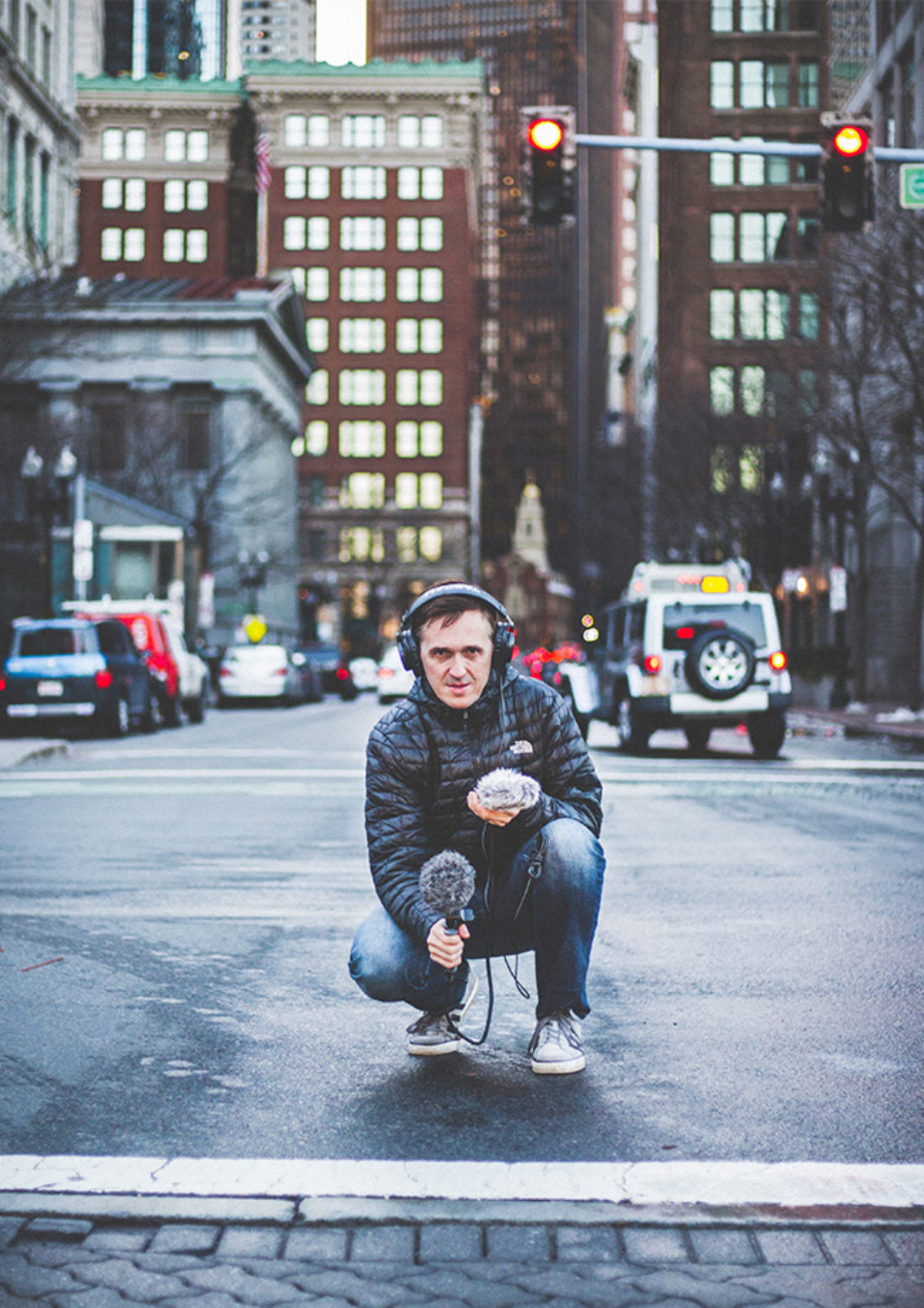
When did you start recording your own sounds?
Working on sampling I discovered Cubase, and Wavelab, which is how I perfected my audio editing and processing skills. To record my own sounds, I purchased a Sony TCD-D7 DAT recorder and a pair of stereo microphones. This was when I decided I wanted to be a sound designer, and I would put in all the effort to achieve my goal.
Why did you switch from a hardware sampler to software?
I really loved my hardware sampler, but it had many limitations. I was introduced to Native Instruments through Kompakt, which was Kontakt‘s predecessor – a game changer for me. No longer was I limited by the size of samples. I could play with my recordings in real time, control them in whatever way I wanted, and use the built-in tools to create the sound that I had in my mind.
What other software did you start using after that?
I started to learn about the other products from Native Instruments; Guitar Rig, Battery, Massive, Reaktor, and Absynth. From that moment on my productions went on to a higher level and I started to make money from it. I bought Komplete, and all of a sudden I had access to lots of instruments, and great effects.
That’s why I was very happy when the Komplete Kontrol keyboards came out. It really changed the way I use VST instruments and sample libraries. The NKS format makes it easy for me to browse and edit things. It’s great to see companies like Heavyocity and ProjectSAM also support this because having all the controls pre-mapped really sped up my work.
The best tip I can give you to take your production skills to the next level is to master the tools you have
What does the rest of your setup look like?
My main DAW is Cubase Pro, which I use in combination with the Steinberg MR816-CSX soundcard and their CC121 controller. I like to use PSPaudioware plugins, which are easy to use, and deliver a very clean sound.
I used to go crazy and buy every fancy plugin which promised to completely change your sound. Nowadays, I wonder why I would even want to change my sound.
The best tip I can give you to take your production skills to the next level (and save you a lot of money) is to master the tools you have. The more tools you have, the harder it will become to decide what to use and when. It will slow down your creative process and it’s very easy to get lost. It doesn’t make any sense to spend $299 on a fancy plugin if you don’t know how to use it. There will come a time when spending more money on a plugin will make sense, and it will raise your production quality, but until then, master the tools you have.
When you want to take your production quality to an even higher level, invest in outboard recording gear. Get good microphones, record your own sounds, and mix these with samples.
Talking about recording your own sounds, what gear do you use for that?
I like to record my sounds in different ways, mixing traditional microphones with contact microphones. I use the RØDE NTG3 for the center, then I have a matched pair of RØDE NT55s, a couple of RØDE NT1s, and some contact microphones. This way I can sculpt the sound exactly how I want. In the studio I record everything in 24 bit/96 kHz on a Tascam HS-P82. When I am outside I use a Tascam DR-100MKIII for quick sound recordings. If I have bigger projects on location, then I bring a Tascam DR-680MKII with my custom shotgun mic setup. It’s my own special setup where I use the RØDE NTG3 shotgun microphone on a pistol grip, but I added two RØDE NT6 microphones on the same pistol grip. Again, this allows me to have much more control over the sound afterwards.
When I record special things, like smashing a windshield of a car, then I also use multiple microphones. I want to capture the sound from outside the car, but also the sound from the impact as you would hear it from the inside of the car.
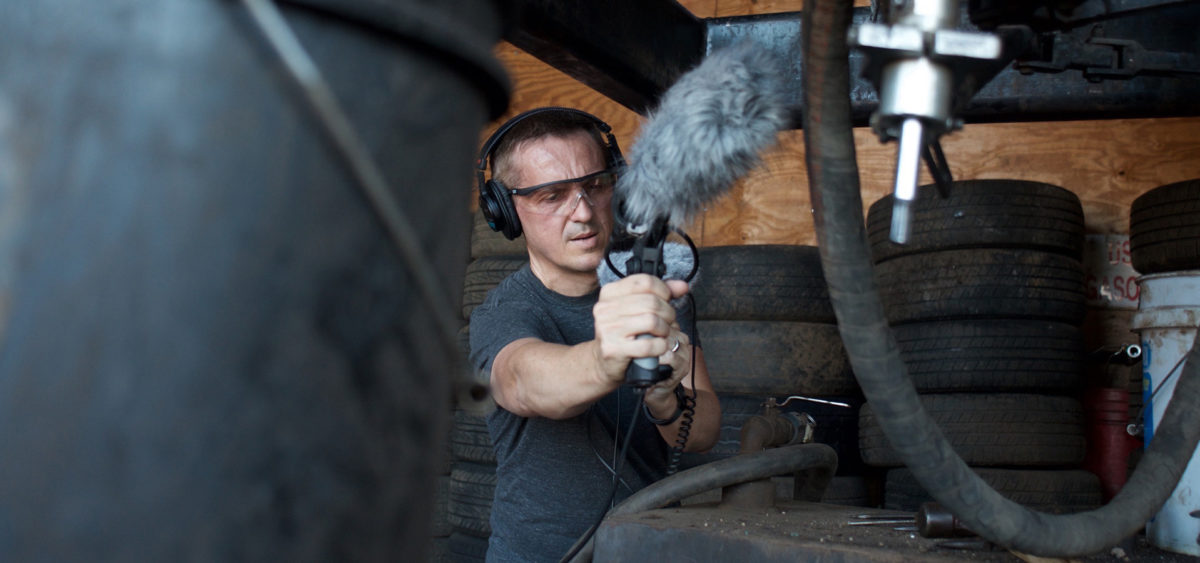
Why is it so important to you to use multiple microphones to record your sounds?
Having a multi-mic setup gives me the possibility to hear sounds in a way that wasn’t possible before. Most people record their sounds with a classic XY stereo microphone setup. There is nothing wrong with that, but when you want to have more control over the sound, a multi-position setup is the way to go.
Having an additional pair of microphones in the room brings more room ambiance to your mix. As a result your recordings will sound bigger and more life-like. When you record in stereo, and you pan a sound afterwards, it will result in one channel getting louder and the other more quiet. But I like to add an extra shotgun microphone when recording, that way I can control the placement of the sound in the stereo field much more precisely. It’s like a center speaker in a surround setup.
Take it from me, you don’t need to have a musical education to be a good sound designer.
So once you have recorded your sounds, then what?
First, I edit and mix my sounds in Cubase. I like to keep different versions of the mix to keep it organic-sounding. Then I process the individual channels and add effects. Pitching something down one or two octaves is how I create big sounding rumbles.
I use the ‘Remix’ presets from Guitar Rig to effect my sounds. I also use Reaktor to process and effect sounds, as you can really do unique things with it. But Kontakt is my go-to plug-in. It’s an amazing sampler, and gets even more powerful as soon as you click the wrench icon and dive under the hood. Plus new sample libraries are being released every day. I can highly recommend learning Kontakt by following tutorials online.
Did you have a musical upbringing?
I played violin for about a year when I was seven years old, and wanted to learn drums at music school. Instead I got kicked out and was told that what I played had nothing to do with music. I learned everything through experimenting with sounds and different instruments. I don’t have to follow any rules when I am composing, simply because I don’t know the rules. I don’t know about chord progressions, or about the correct instruments to use for a certain musical style. In my mind I’m open to everything, I even play a guitar with a violin bow. Or play the piano with an electric razor.
So you’re saying that a musical training isn’t necessary to make it as a sound designer?
There is enough music out there that follows the rules. I chose my own way of working and this gives me my unique sound. You can have your own unique sound too.
Take it from me, you don’t need to have a musical education to be a good sound designer. You need passion, an open mind, and you need to think outside the box. You can learn anything online and don’t need to go to school for it.
What if I want to become a sound designer, how does that world work?
The moment you record, or program your own sound on a synthesizer or in a plugin, you can call yourself a sound designer. But becoming successful takes a little more than this. You will have to do a lot of work, and most likely have to work for free. This business is based on getting recommended to the right people before you get hired. When you think your work is good enough, try contacting one of the companies that specializes in selling sound effects, presets for instruments or loops. Seeing if they are interested will be a good test for you.
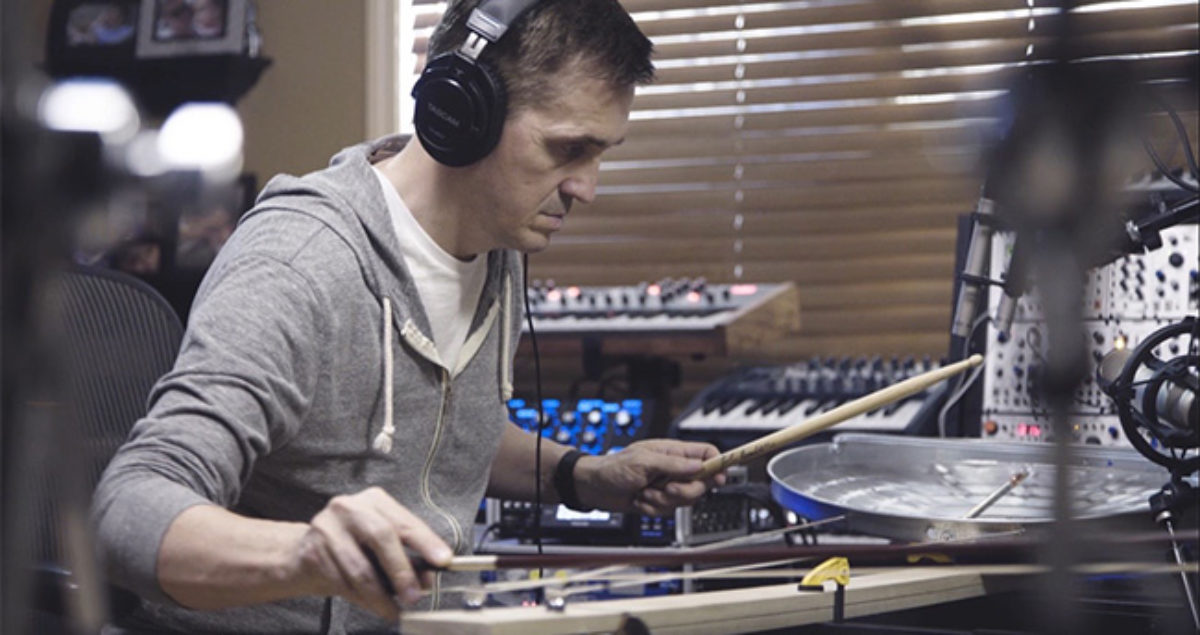
How did you get involved with producing sounds for cinema?
It’s very hard to get into this world and the competition is very intense. All the sound designers who specialize in sounds for movie trailers are fighting to get the same gigs. The trailer editors are very demanding, and you have to work quickly to figure out what kind of sound they are looking for. Sometimes they send a reference track but most of the time it’s just a short description in an email. For Valerian and the City of a Thousand Planets, I was asked to create ‘futuristic weapon sounds’, so I sent them everything I thought would fit and luckily they used a few. In this business you never know when an email will come in and you just have to deliver.
Do you need to spend a lot of money to become a sound designer?
The most important thing to have is a computer. I would also recommend a recorder, a small portable one will do just fine, and a DAW to do your editing in. In the DAW you can also experiment with sounds. You will learn a lot, and while you improve your sound-designing skills you will slowly upgrade your gear.
Don’t think you need super expensive monitor speakers. As long as you know the sound of your speakers, you can always make a good mix on them. A good way to train your ears is to listen to a lot of music in the style you want to create. I spend a lot of time watching trailers and listening to movie soundtracks: this way you get to know the sounds. Don’t be afraid to make mistakes, failing is a great way to learn too.
I want to end with a simple trick for you to realize how important sound design really is. If you have a surround system at home, turn off the center speaker. This way you can watch a movie without dialog. You will be amazed by what you hear. The chance is that you will watch the movie till the end. Now try the opposite, turn off all the speakers except the center speaker. All the sound design will be missing from the movie and you will just hear the dialog. Let’s see how long you can watch this. Now you know how important sound design is.








